Table of Contents
Introduction to Edible Lavender
When you think of lavender, you might imagine a fragrant flower in a garden or a calming scent in a candle. But did you know that some varieties of lavender are not only safe to eat but also add a unique floral flavor to food and drinks? If you're an enthusiast or a professional in the spice world, you might be curious about what types of lavender are edible. In this guide, we'll explore the best edible lavender varieties, how to use them, and where to find them.
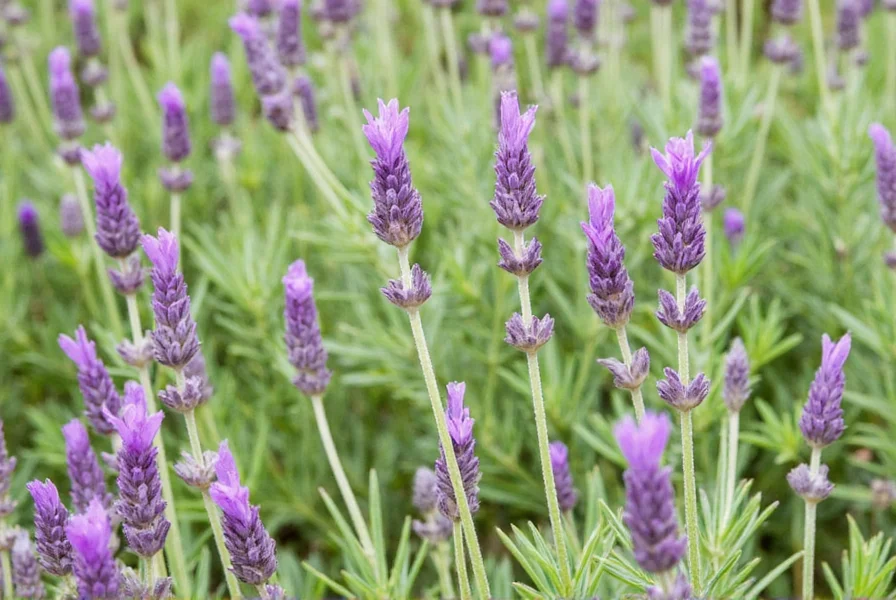
What Types of Lavender Are Edible?
Not all lavender is created equal—especially when it comes to being edible. While many lavender plants are grown for their beauty or fragrance, only a few varieties are suitable for consumption. Here's a breakdown of the most popular edible lavender types:
| Lavender Variety | Flavor Profile | Best For |
|---|---|---|
| Lavandula angustifolia | Mild, sweet, slightly minty | Cooking, baking, teas |
| Lavandula x intermedia | Stronger, more pungent | Baking, savory dishes, perfumes |
| Lavandula stoechas | Fruity, floral | Desserts, syrups, cocktails |
| Lavandula lanata | Woody, slightly bitter | Herbal infusions, potpourri |
Now that you know the top edible lavender types, let's dive into each one in more detail.
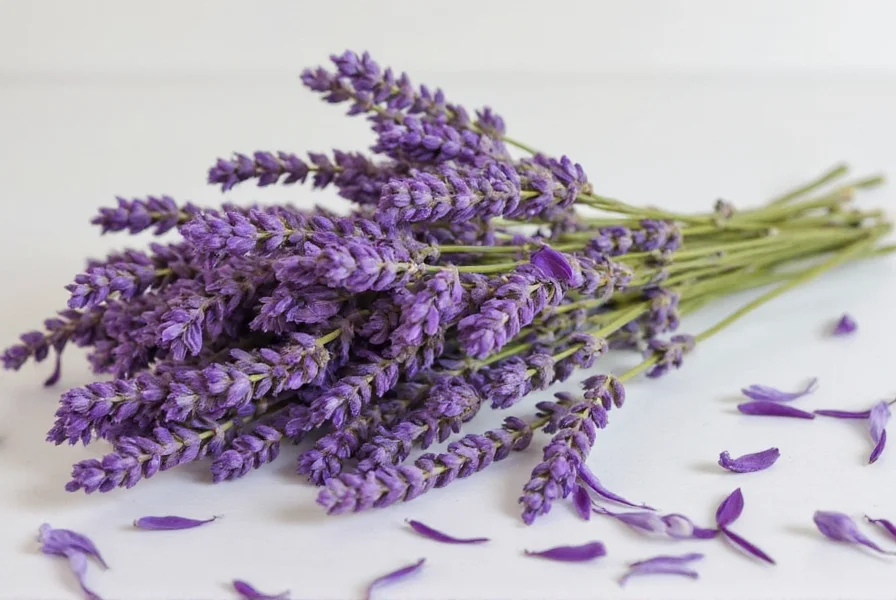
1. Lavandula angustifolia (True Lavender)
This is the most common type of lavender used in cooking. It has a delicate, sweet aroma and a mild flavor that pairs well with both sweet and savory dishes. True lavender is often used in baked goods like scones, cookies, and cakes, as well as in teas and honey infusions.
2. Lavandula x intermedia (Hybrid Lavender)
Also known as English lavender, this hybrid is a bit stronger than true lavender but still safe for consumption. Its more intense flavor makes it ideal for adding depth to savory dishes or using in infused oils and vinegars. Some people even use it in meat rubs or marinades for a subtle floral note.
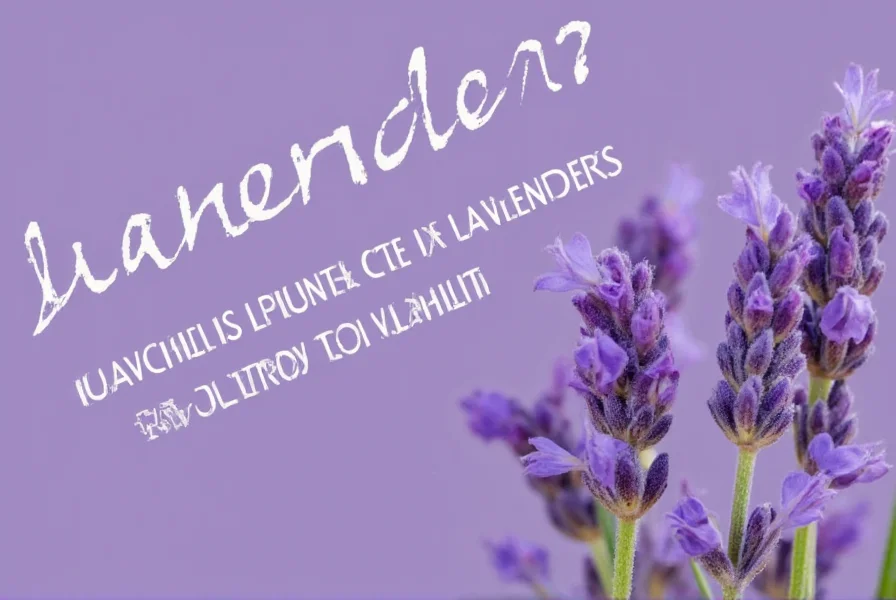
3. Lavandula stoechas (Spanish Lavender)
Spanish lavender has a more fruity and floral taste compared to the other varieties. It's perfect for desserts, syrups, and even cocktails. The purple flowers have a distinctive shape, making them a beautiful addition to any dish or drink.
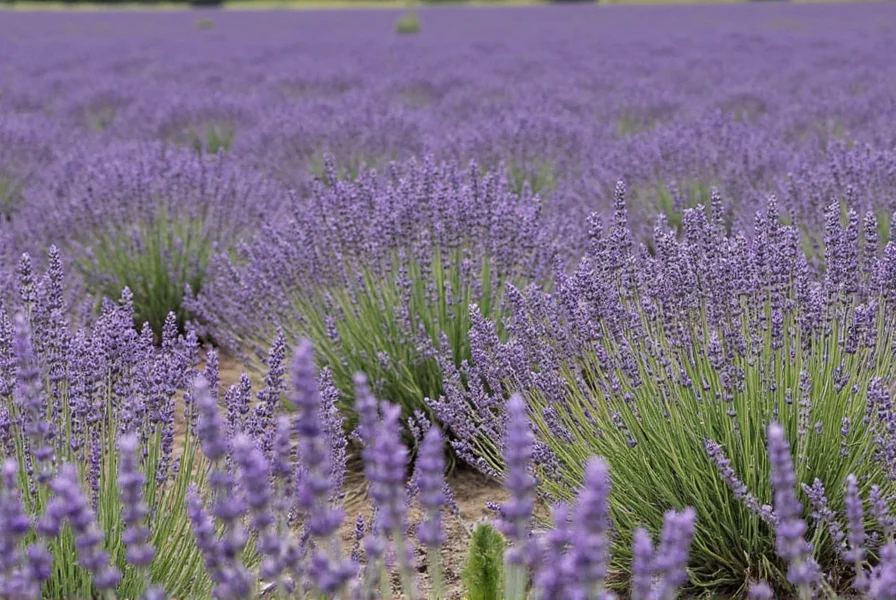
4. Lavandula lanata (Woolly Lavender)
This variety has a more woody and slightly bitter flavor. While it's less commonly used in cooking, it can be great for herbal infusions or as a natural air freshener. It's also popular in potpourris and sachets due to its strong fragrance.
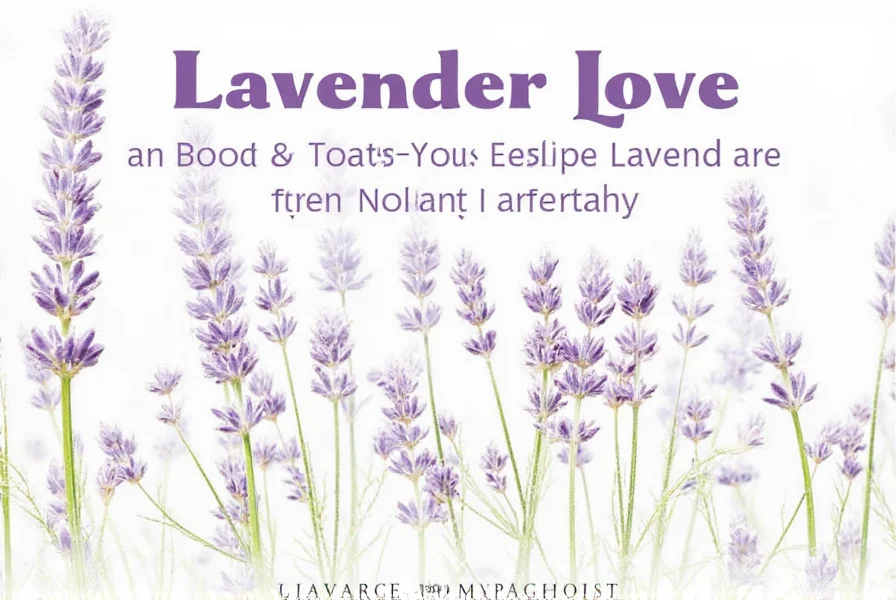
Creative Uses for Edible Lavender
Once you've identified the right edible lavender variety, the possibilities are endless. Here are some fun and flavorful ways to use it in your kitchen:
- Baked Goods: Add dried lavender to cookies, muffins, and breads for a subtle floral twist.
- Teas: Steep dried lavender in hot water for a calming, aromatic tea.
- Syrups: Infuse lavender into simple syrup for use in cocktails, lemonade, or desserts.
- Infused Oils: Mix lavender with olive oil or coconut oil for a fragrant finishing touch on salads or roasted vegetables.
- Salads: Sprinkle fresh or dried lavender over fruit salads or green salads for a unique flavor.
- Meat Rubs: Combine lavender with herbs like thyme and rosemary for a rustic seasoning.
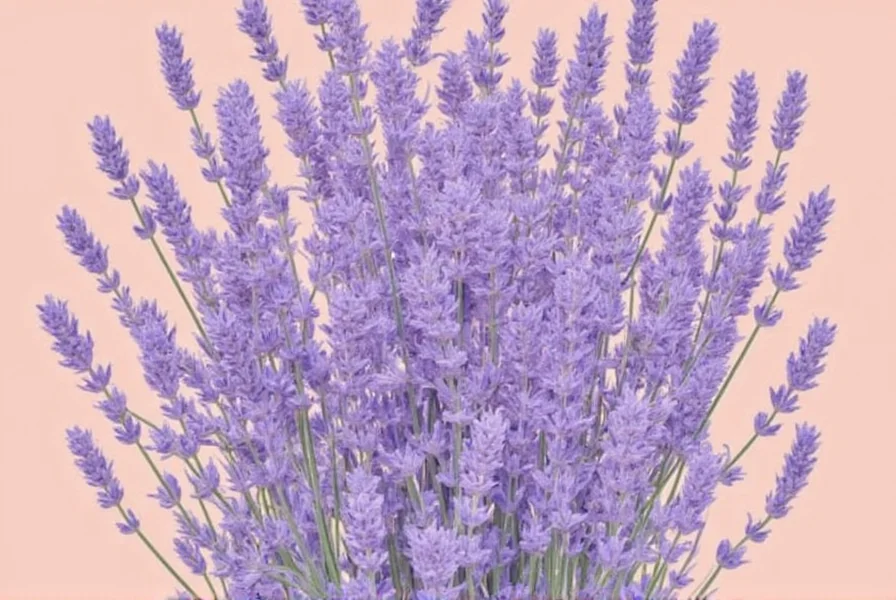
Buying Guide for Edible Lavender
If you're looking to purchase edible lavender, it's important to choose high-quality, food-safe products. Here are some options and tips to help you make the best choice:
1. Dried Lavender Flowers
Dried lavender is widely available and easy to store. Look for organic, pesticide-free options from trusted suppliers. It's perfect for baking, teas, and infusions.
2. Fresh Lavender
If you can find fresh lavender at a local market or grow your own, it's a great option for immediate use. Make sure it hasn't been treated with chemicals.
3. Lavender Essential Oil
While not directly edible, lavender essential oil can be used in small amounts for aromatherapy or as a flavoring agent in recipes. Always dilute it before use and ensure it's labeled as food-grade.
4. Lavender Syrup and Honey
Pre-made lavender syrups and honey are convenient for those who want to experiment without the hassle of infusion. These products are great for cocktails, desserts, and beverages.
5. Lavender-Infused Salts and Seasonings
Some gourmet brands offer lavender-infused salts and seasonings. These are ideal for adding a subtle floral note to meats, vegetables, and cheeses.
Conclusion
So, what types of lavender are edible? As we've explored, several varieties—like Lavandula angustifolia, Lavandula x intermedia, Lavandula stoechas, and Lavandula lanata—are safe to consume and offer a range of flavors. Whether you're a seasoned chef or a home cook with a passion for spices, experimenting with edible lavender can elevate your culinary creations in unexpected and delightful ways.
Remember, always source your lavender from reputable, food-safe suppliers, and start with small amounts to test how it affects the flavor of your dishes. With a little creativity and care, you can enjoy the beauty and flavor of lavender in your everyday cooking.
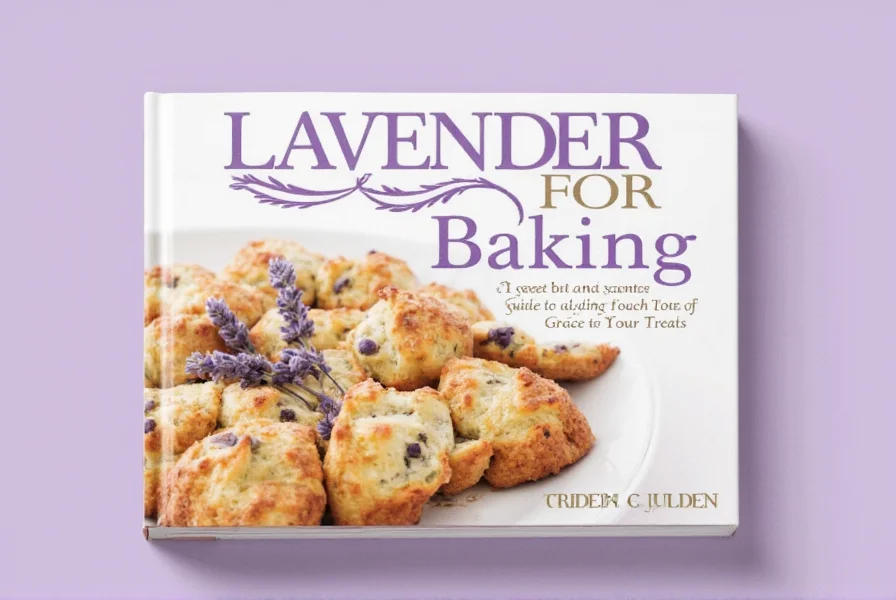
Frequently Asked Questions About Edible Lavender
Which lavender varieties are safe to eat?
The most common edible lavender varieties are Lavandula angustifolia (True Lavender), Lavandula x intermedia (Hybrid Lavender), and Lavandula stoechas (Spanish Lavender). Lavandula lanata (Woolly Lavender) is less commonly used in cooking due to its stronger, more bitter flavor, but it's still considered safe for consumption in small amounts.
Are all lavender varieties edible?
No, not all lavender varieties are edible. While most lavender is not toxic, many varieties grown for ornamental purposes may have been treated with pesticides or chemicals not safe for consumption. Additionally, some lavender types have stronger, more bitter flavors that aren't pleasant for eating.
Can I use any lavender from my garden for cooking?
Only if you're certain it's an edible variety (like Lavandula angustifolia) and hasn't been treated with pesticides or other chemicals. It's best to grow lavender specifically for culinary use in a controlled environment where you know exactly what has been applied to the plants.
How much lavender should I use in recipes?
Lavender has a strong flavor, so a little goes a long way. Start with small amounts - typically 1/4 to 1/2 teaspoon of dried lavender flowers per recipe. Remember that culinary lavender should enhance, not overpower, your dish. It's better to start with less and add more if needed.
Is lavender safe to consume?
Yes, the edible varieties of lavender (Lavandula angustifolia, Lavandula x intermedia, and Lavandula stoechas) are generally recognized as safe for consumption in culinary amounts. However, lavender essential oil should not be consumed directly and should only be used in very small, diluted amounts if labeled as food-grade.
Where can I buy edible lavender?
Edible lavender can be purchased from specialty spice shops, gourmet food stores, health food stores, and online retailers. Look for products specifically labeled as "culinary lavender" or "edible lavender" to ensure they're safe for consumption. Always check that the product is food-grade and hasn't been treated with pesticides.
How do I store edible lavender?
Store dried edible lavender in an airtight container away from light, heat, and moisture. Properly stored, it can retain its flavor for 6-12 months. Fresh lavender should be used within a few days or dried for longer storage.
Can I grow my own edible lavender?
Yes! Growing your own edible lavender is a great way to ensure you have a safe, chemical-free supply. Lavandula angustifolia (English lavender) is the easiest variety to grow for culinary purposes. It prefers well-drained soil, full sun, and doesn't require much water once established.

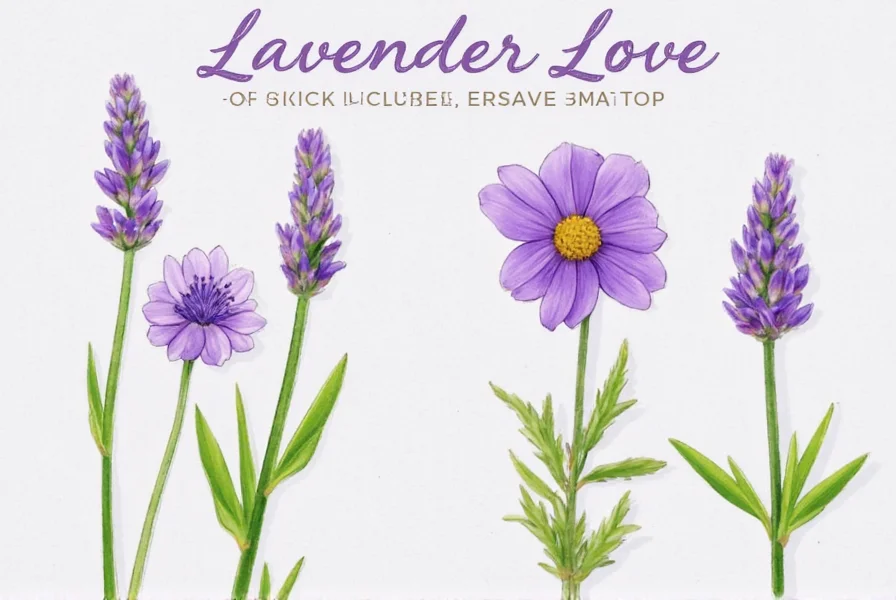









 浙公网安备
33010002000092号
浙公网安备
33010002000092号 浙B2-20120091-4
浙B2-20120091-4